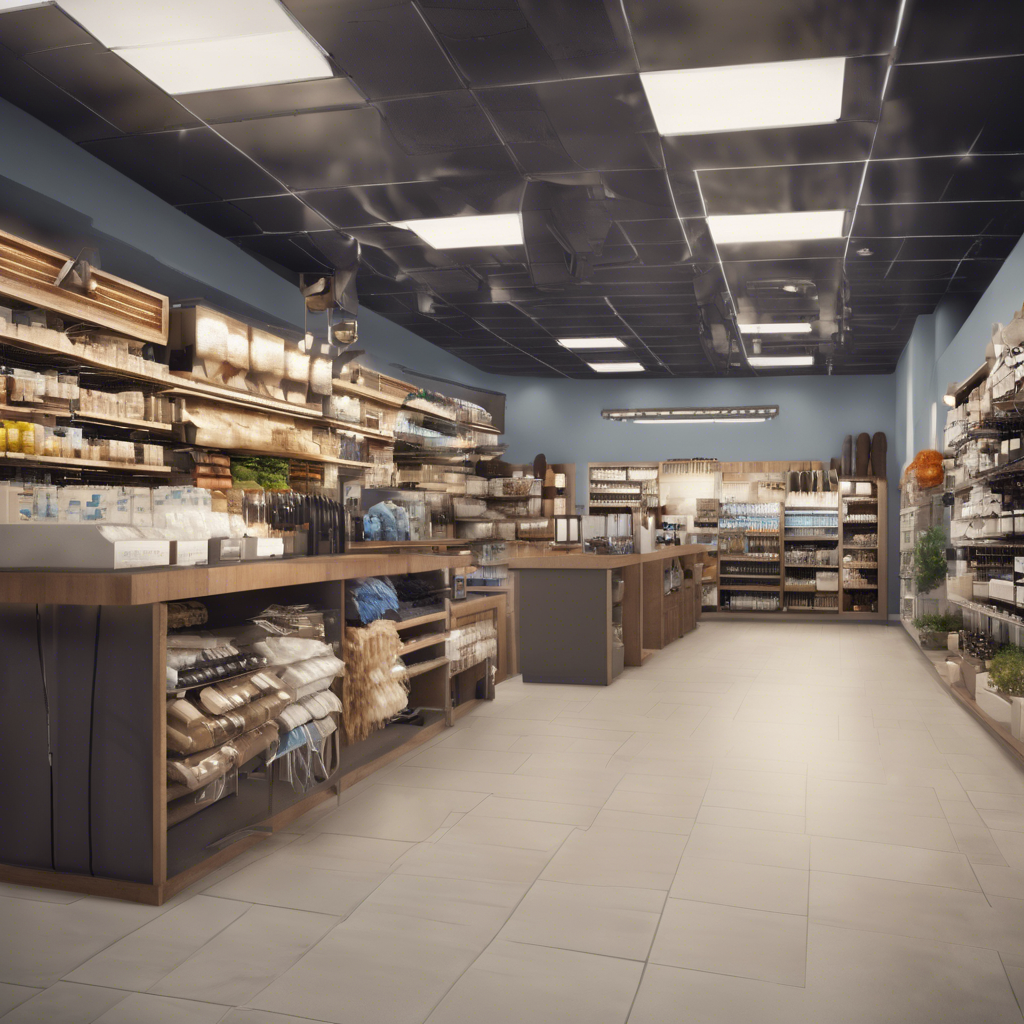The Advantages of Structured Cabling in Retail: Enhancing Connectivity and Efficiency
- Elliott

- Jun 14, 2024
- 3 min read

In the fast-paced world of retail, where efficiency and connectivity are key, having a robust infrastructure in place can make all the difference. This is where structured cabling comes into play, providing a solid foundation for seamless data transmission and network connectivity. Let's explore the numerous advantages of structured cabling in retail environments and how it can revolutionize the way businesses operate.
Streamlined Connectivity
In the bustling environment of retail stores, having a reliable connection is essential for smooth operations. Structured cabling offers a comprehensive network infrastructure that ensures all devices – from POS systems to security cameras – are seamlessly connected. This streamlined connectivity minimizes downtime and enhances communication between different departments, ultimately improving overall productivity.
Scalability and Flexibility
One of the key benefits of structured cabling is its scalability. As retail businesses grow and expand, having a cabling system that can easily accommodate additional devices and data transmission needs is crucial. Structured cabling provides the flexibility to scale up the network infrastructure without disrupting existing operations, making it a cost-effective solution for businesses of all sizes.
Enhanced Data Security
In an era where data breaches and cybersecurity threats are on the rise, maintaining the security of sensitive information is paramount for retail businesses. Structured cabling systems are designed to enhance data security by reducing the risk of signal interference and unauthorized access. By centralizing the network infrastructure, businesses can better control access to critical data and protect it from external threats.

Improved Performance and Reliability
Unreliable network connectivity can lead to lost sales opportunities and frustrated customers. Structured cabling ensures consistent performance and reliability by organizing and optimizing the flow of data within the network. This results in faster data transmission speeds, reduced latency, and overall improved network performance. As a result, retail businesses can provide a seamless shopping experience to customers without disruptions or delays.
Cost-Effectiveness
While the initial investment in structured cabling may seem significant, the long-term cost savings it provides outweigh the upfront costs. With a structured cabling system in place, businesses can avoid the need for frequent maintenance and upgrades associated with traditional cabling systems. Additionally, the scalability of structured cabling means that businesses can easily expand their network infrastructure without incurring substantial expenses.
Simplified Maintenance and Troubleshooting
Managing a retail network can be a complex task, especially when dealing with multiple cables and connections. Structured cabling simplifies maintenance and troubleshooting by providing a clear and organized layout of the network infrastructure. This not only makes it easier to identify and address issues promptly but also reduces the time and resources required for ongoing maintenance tasks.
Conclusion
In the fast-paced and competitive landscape of retail, having a reliable and efficient network infrastructure is essential for business success. Structured cabling offers numerous advantages that can help retail businesses streamline connectivity, enhance data security, improve performance, and reduce operational costs. By investing in a structured cabling system, retailers can future-proof their operations and create a solid foundation for growth and innovation in the digital age.
Structured cabling is not just about connecting devices; it's about building a network infrastructure that can support the evolving needs of retail businesses and provide a seamless shopping experience for customers. Embracing structured cabling is not only a wise investment but a crucial step towards staying ahead in the ever-changing retail industry landscape.




Comments